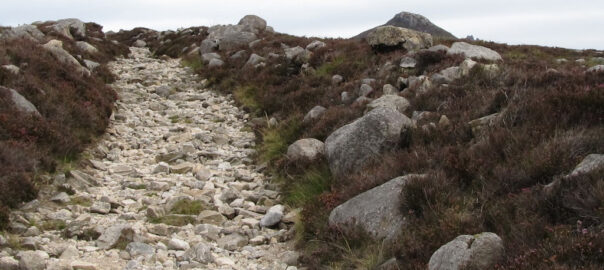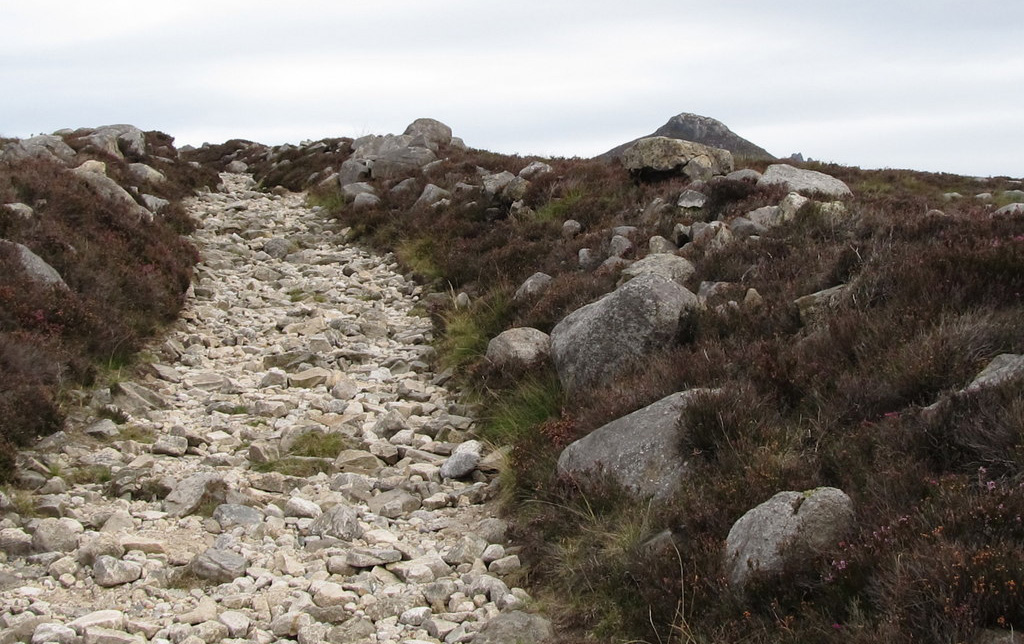
The Rocky Road to a Sustainable Future
Mick Garratt, Wikimedia Commons.
“To the extent we live today under clouds of uncertainty about climate change, those clouds are projections not of collective ignorance about the natural world but blindness about the human one, and can be dispersed by human action. This is what it means to live beyond the ‘end of nature’—that it is human action that will determine the climate of the future, not systems beyond our control.”
—David Wallace-Wells, The Uninhabitable Earth: Life After Warming
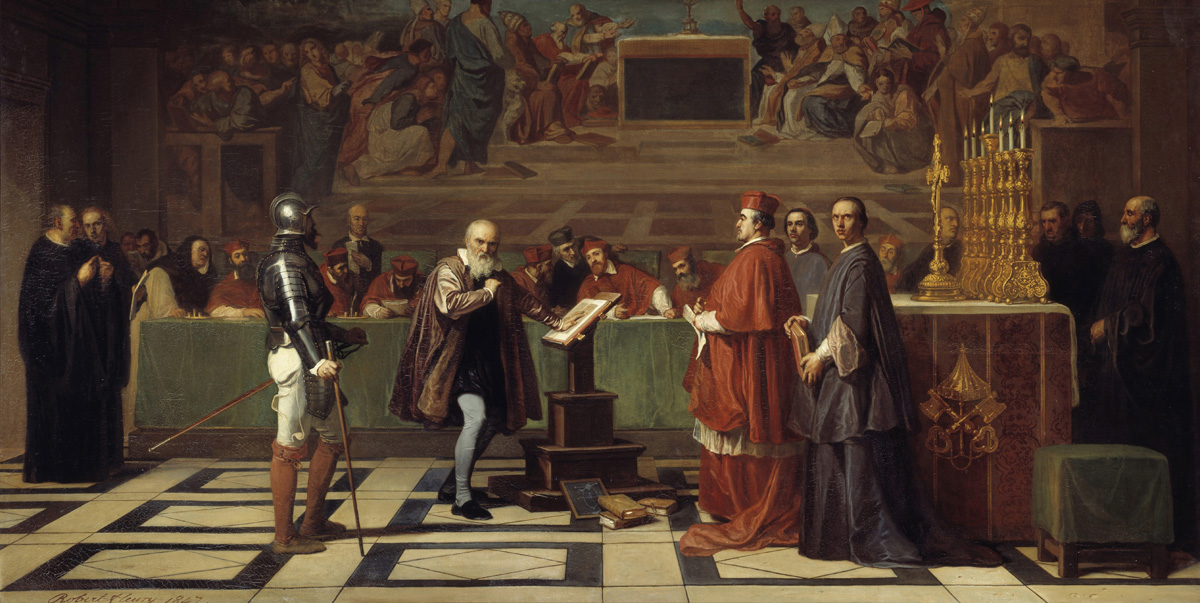
Barriers to Environmental Change, Part 1: Science Denialism
Habits like conspiracy theorizing and cherry-picking data undermine scientific consensus. Fueled by media, this rejection of facts delays urgent reforms, threatening our planet's survival. Why does denial persist, and what can change?

Barriers to Environmental Change, Part 2: Short-Term Thinking
Human brains prioritize immediate threats while ignoring long-term crises like climate change. Combined with economic short-sightedness, inequality, and moral indifference, this mindset perpetuates inaction. Can empathy challenge entrenched self-interest?
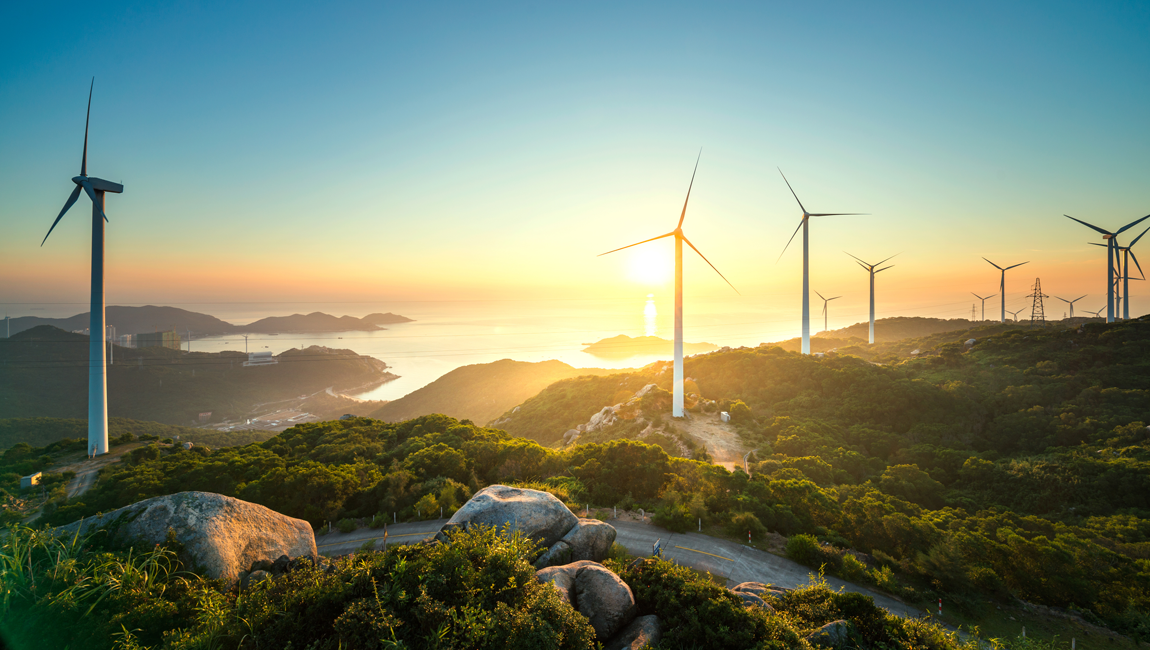
Signs of Promise for a Sustainable Future, Part 1: Global Action
Amid rising climate challenges, global progress accelerates. Legal developments, renewable energy growth, and international pledges reflect collective commitments. Challenges remain, but with cooperation, the 2030 renewable energy goal remains within reach.
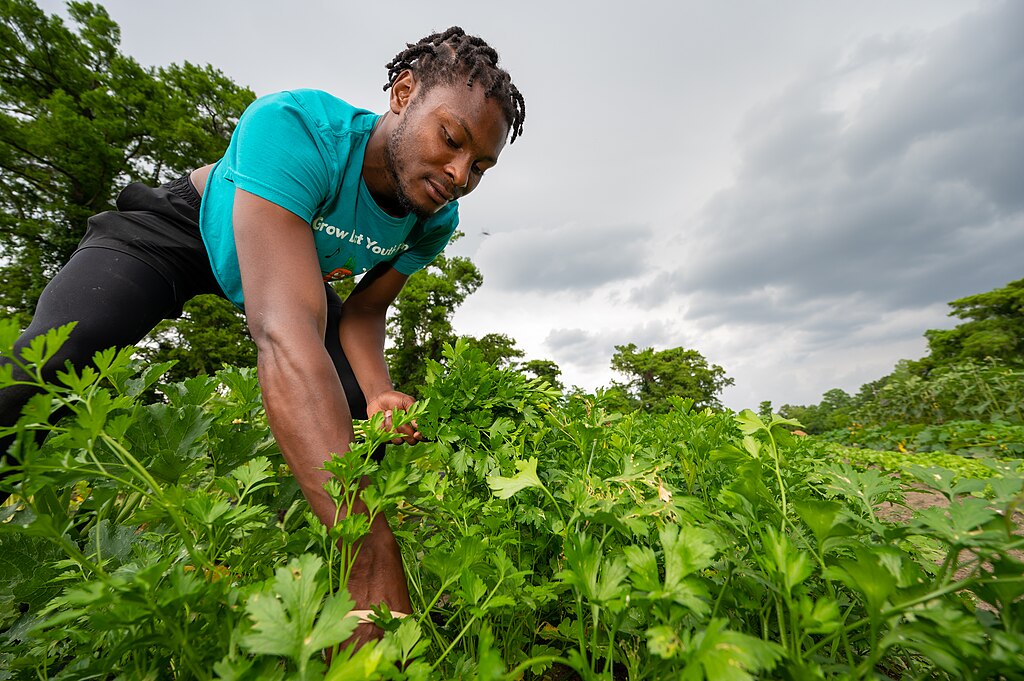
Signs of Promise for a Sustainable Future, Part 2: Green Innovation and Shifting Perspectives
Green innovation tackles energy storage and sustainability challenges, while youth leaders inspire global action. Shifting perspectives emphasize moral, economic, and political urgency. Progress is evident, but unified efforts remain essential for a sustainable future.
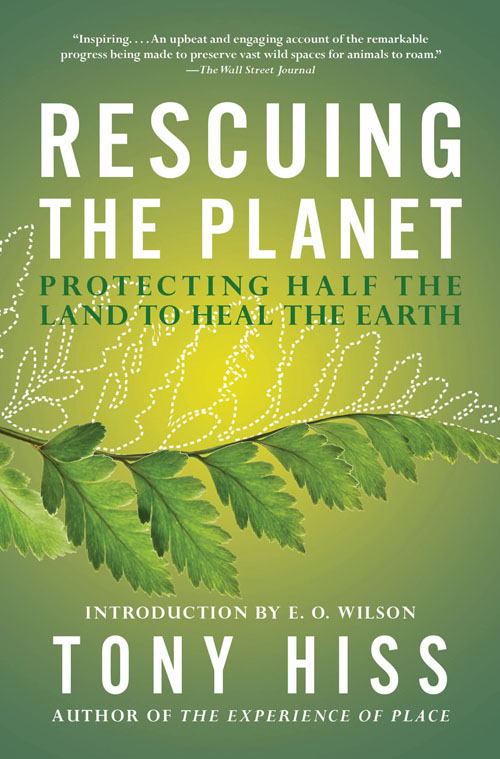
Rescuing the Planet
Protecting Half the Planet to Heal the Earth
Tony Hiss
Could it be possible to set aside half the earth’s land and sea for nature by the year 2050? Former New Yorker staff writer Tony Hiss investigated the feasibility of this ambitious idea proposed by biologist Edward O. Wilson and emerged inspired and surprisingly optimistic.
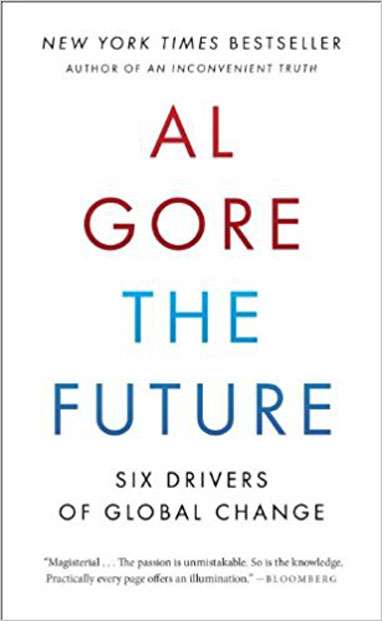
The Future
Six Drivers of Global Change
Al Gore
No period in global history resembles what humanity is about to experience. Explore the key global forces converging to create the complexity of change, our crisis of confidence in facing the options, and how we can take charge of our destiny.
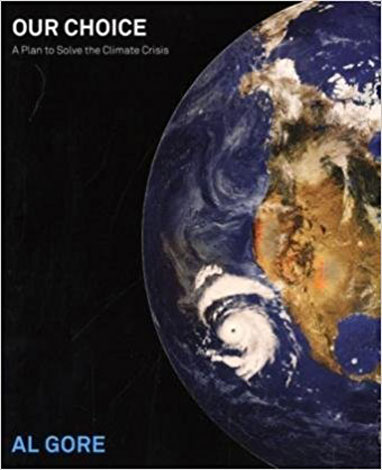
Our Choice
A Plan to Solve the Climate Crisis
Al Gore
We clearly have the tools to solve the climate crisis. The only thing missing is collective will. We must understand the science of climate change and the ways we can better generate and use energy.
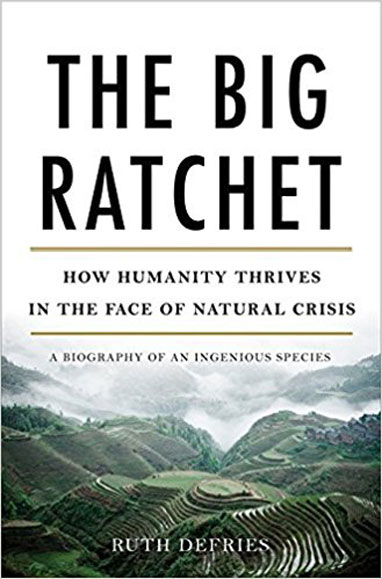
The Big Ratchet
How Humanity Thrives in the Face of Natural Crisis
Ruth DeFries
Human history can be viewed as a repeating spiral of ingenuity—ratchet (technological breakthrough), hatchet (resulting natural disaster), and pivot (inventing new solutions). Whether we can pivot effectively from the last Big Ratchet remains to be seen.
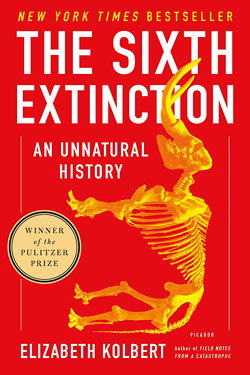
The Sixth Extinction
An Unnatural History
Elizabeth Kolbert
With all of Earth’s five mass extinctions, the climate changed faster than any species could adapt. The current extinction has the same random and rapid properties, but it’s unique in that it’s caused entirely by the actions of a single species—humans.
In the series: A Sustainable Planet
- Our Finite Planet
- Our Climate Crisis—and What We Can Do About It
- Our Looming Global Water Crisis
- Our Plastic Earth
- Rescuing the Planet by Tony Hiss
- The Future: Six Drivers of Global Change
- Our Choice: A Plan to Solve the Climate Crisis
- The Big Ratchet
- The Sixth Extinction
- Natural Capitalism
- Foragers, Farmers, and Fossil Fuels

